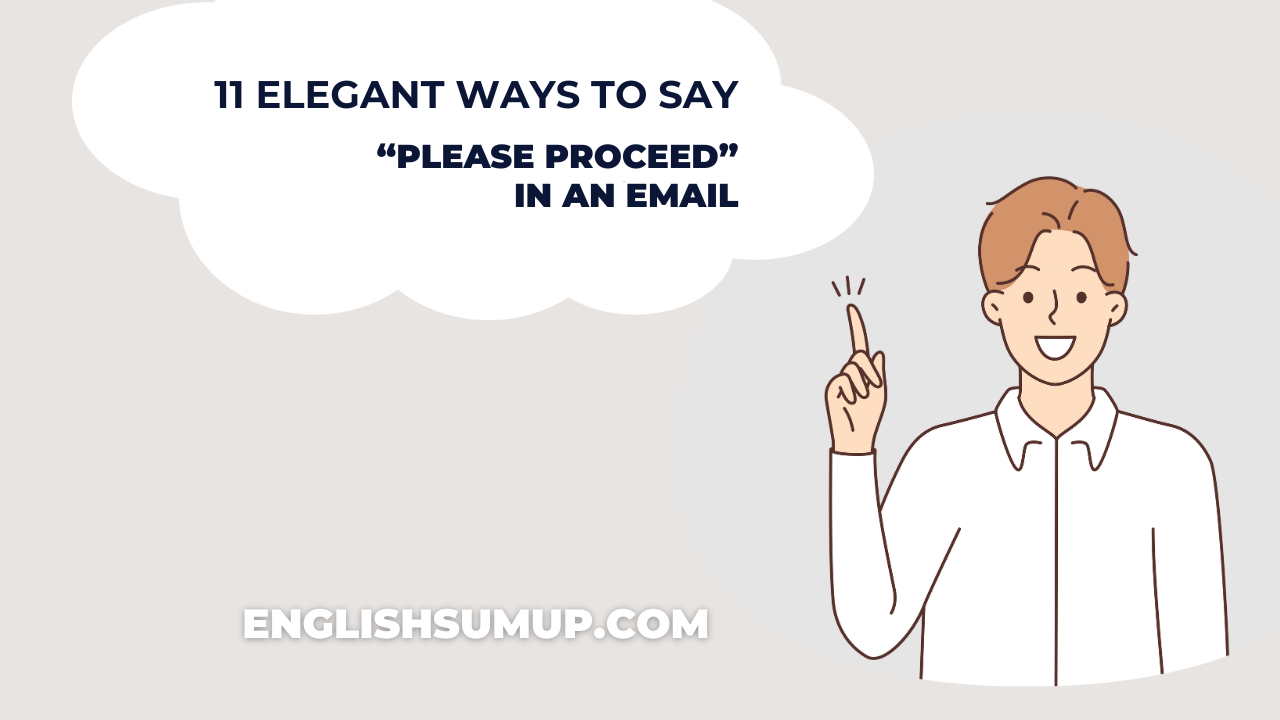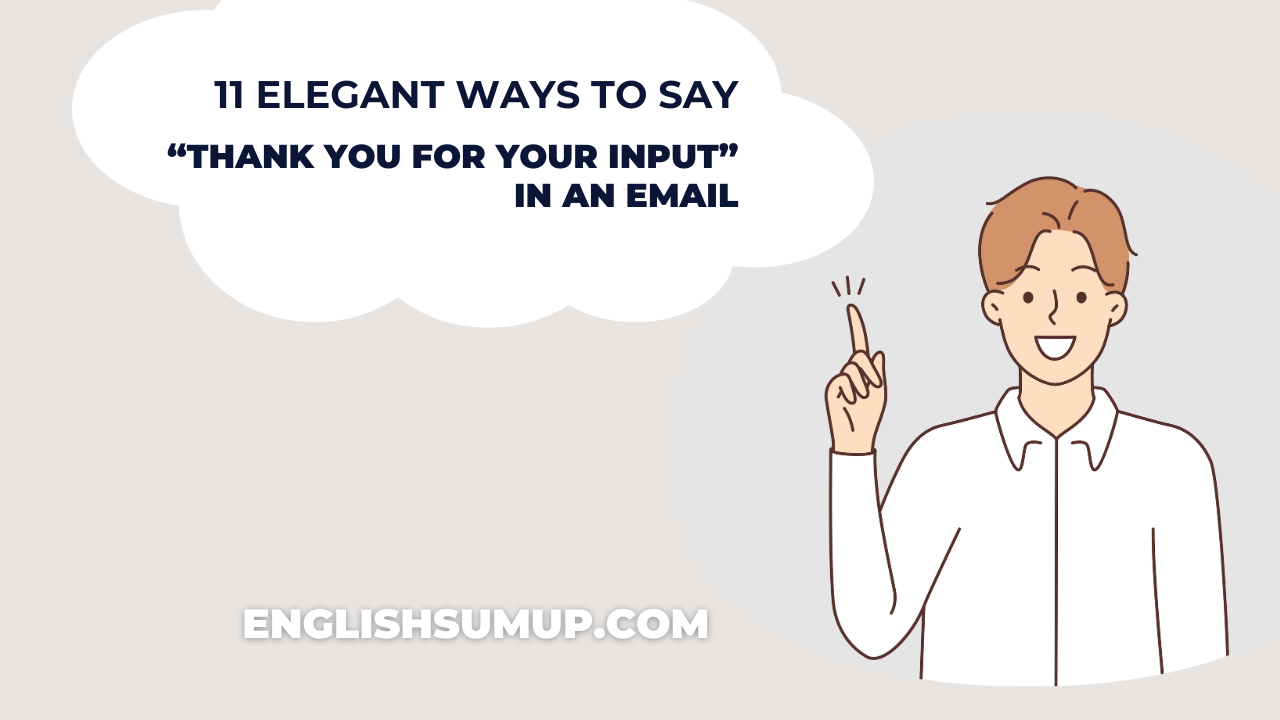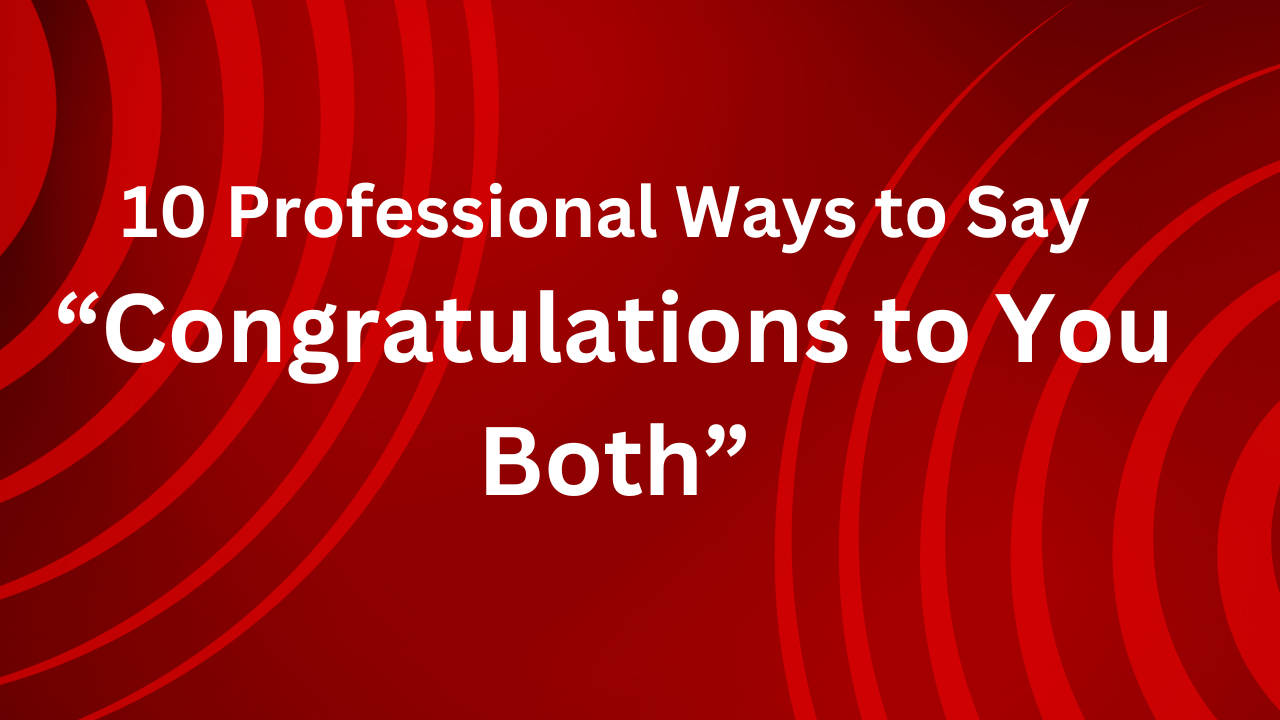In email communication, especially in professional settings, how you phrase things matters. A simple “please proceed” can sometimes come off as too abrupt or mechanical. Instead, using polite and considerate alternatives can make your emails more engaging and pleasant to read. Below are 11 polite ways to say “please proceed” while maintaining a professional tone.
Feel free to proceed
This phrase is polite and gives the recipient the flexibility to continue without feeling rushed. It’s often used when you want to let the recipient know they are free to take action.
Hi Sarah,
Thank you for sending over the draft. Everything looks great! Feel free to proceed with the final version.
Best regards,
John
You may go ahead
This is a clear and respectful way of giving permission to continue. It conveys that the recipient is now authorized to move forward.
Hello Mike,
After reviewing the details, everything seems in order. You may go ahead and implement the changes.
Kind regards,
Emma
You may love this one: 20 Other Ways To Say “Please Disregard My Previous Email”
Please continue as planned
This phrase reassures the recipient that they should proceed with the agreed-upon plan, signaling that everything is on track.
Dear Tom,
The initial phase was executed perfectly. Please continue as planned with the remaining tasks.
Best,
Linda
Go ahead when you’re ready
This phrase is polite and flexible, giving the recipient control over the timing of their next steps. It shows you’re not pressuring them to act immediately.
Hi Julia,
Thanks for completing the initial work. Go ahead when you’re ready with the next part of the project.
Cheers,
Alex
Proceed at your convenience
This is a very accommodating phrase that allows the recipient to move forward when it suits them best. It’s polite and signals flexibility.
Hi Chris,
All the necessary information has been gathered. Please proceed at your convenience with the next steps.
Best regards,
Lisa
Feel free to move forward
This phrase is friendly and gives the recipient the freedom to take the next step at their discretion. It’s often used in casual, yet professional settings.
Hi David,
The outline looks solid. Feel free to move forward with the full report when you have time.
Regards,
Rachel
You can move forward now
This is a clear, direct phrase that lets the recipient know they have permission to proceed immediately. It’s useful when no further delays are expected.
Hi Matt,
We’ve approved your proposal. You can move forward now with the execution.
Best,
Sophia
Please move forward with the next steps
This phrase is more formal and specific, ideal for business communications where the next steps in a project need to be clarified.
Hi Lisa,
Now that we’ve completed the first stage, please move forward with the next steps as we discussed.
Sincerely,
Ethan
Go ahead and proceed
This is a straightforward and confident phrase that makes it clear that the recipient can act without hesitation. It’s both polite and assertive.
Hi Mark,
The board has approved the budget. Go ahead and proceed with the allocation of funds.
Best regards,
Emily
Proceed whenever you’re ready
This phrase conveys patience and flexibility, allowing the recipient to act on their own timeline while knowing they have permission to continue
Hi Samantha,
I’ve reviewed everything, and it looks good. Proceed whenever you’re ready with the launch.
Cheers,
Andrew
You have the go-ahead to proceed
This is a more formal and authoritative phrase. It’s often used in situations where official approval is required before action can be taken.
Hi Kevin,
You have the go-ahead to proceed with the project based on our recent meeting.
Best,
Olivia
Conclusion
Using polite phrases in your emails not only fosters a positive tone but also enhances the professionalism of your communication. Whether you’re giving permission, encouraging progress, or reassuring someone, these 11 alternatives to “please proceed” can help you convey your message clearly and respectfully. By choosing the right phrase for the context, you’ll ensure that your emails remain courteous and effective while guiding recipients through the next steps smoothly.










